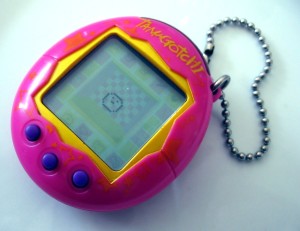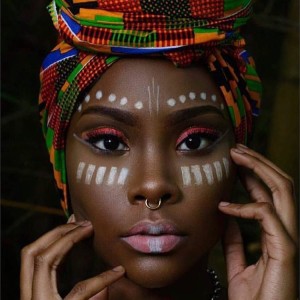One thing that stood out to me in the second podcast was the effect the use of the word “mastermind” had on the portrayal of terrorists. I never noticed how much that word is used to describe the perpetrator of an attack till now. It was very interesting to see how it actually implies that the suspect came up with a well calculated plan, when that is rarely the case. I also liked how the speaker said that using the term mastermind helps to bring comfort to us because it gives us a sense of relief knowing that the terrorist attack did take some thought and effort, rather than being a random act of violence.
By painting the perpetrator as a “mastermind”, we feel better because it reassures us that terrorist attacks will not be common because these “masterminds” take time to come up with these attacks. We try to make sense of these attacks in a very logical manner because it brings comfort knowing that people aren’t going to randomly become radicalized and start their own attacks.
Using the term “mastermind”, like in the podcast, attributes brilliance to the attacker and even gives them credit for being able to carry out an attack. This is horrible because terrorists should not be painted in a positive light. Terms like “mastermind” give terrorist groups too much praise and may not even be an accurate description of the attackers themselves. Sometimes the attackers happened to have good timing or luck rather than a well thought out plan, so in those cases using the word “mastermind” would not be appropriate.
Another reason why this part of the podcast captivated me is because it points out that although using the term “mastermind” can help us make sense of terrorists attacks, it also causes us to lose a sense of security. If the media portray terrorists as being intelligent then we lose hope on actually being able to find a way to prevent and stop these attacks. So, although the term “mastermind” helps to bring comfort to the public, it gives too much credit to terrorists groups, which causes the public to lose hope and optimism in the fight against terrorism.


